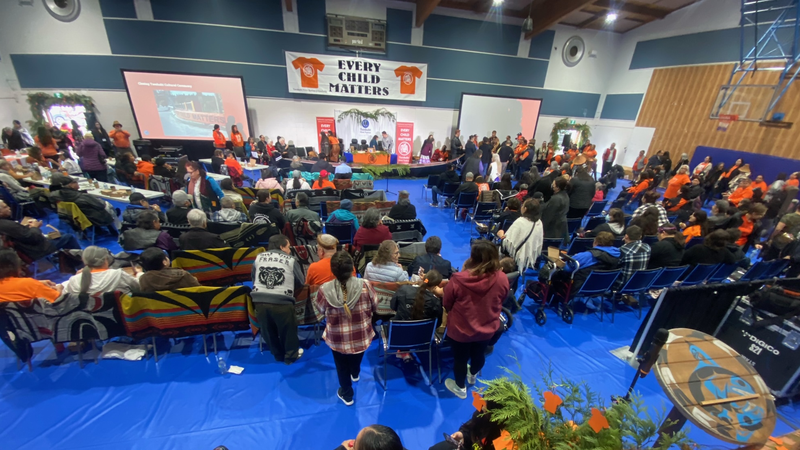
Nearly 70 children now believed to have died at former Alberni residential school site
Editor’s Note: This story addresses tragedies at former residential school sites and may be unsettling for some readers. Discretion is advised. Direct links to support resources are included at the bottom of this article.
PORT ALBERNI — Long known truths held by the Tseshaht First Nation have now been more widely confirmed.
Scanning of the former Alberni Indian Residential School (AIRS) site in Port Alberni revealed 17 “geophysical features representing a suspected grave of children who never made it home”, according to the Nation.
However, Tseshaht First Nation said Tuesday their research team found evidence of at least 67 child deaths at the site, a sharp increase from the 29 previously recognized by the National Centre for Truth and Reconciliation.




